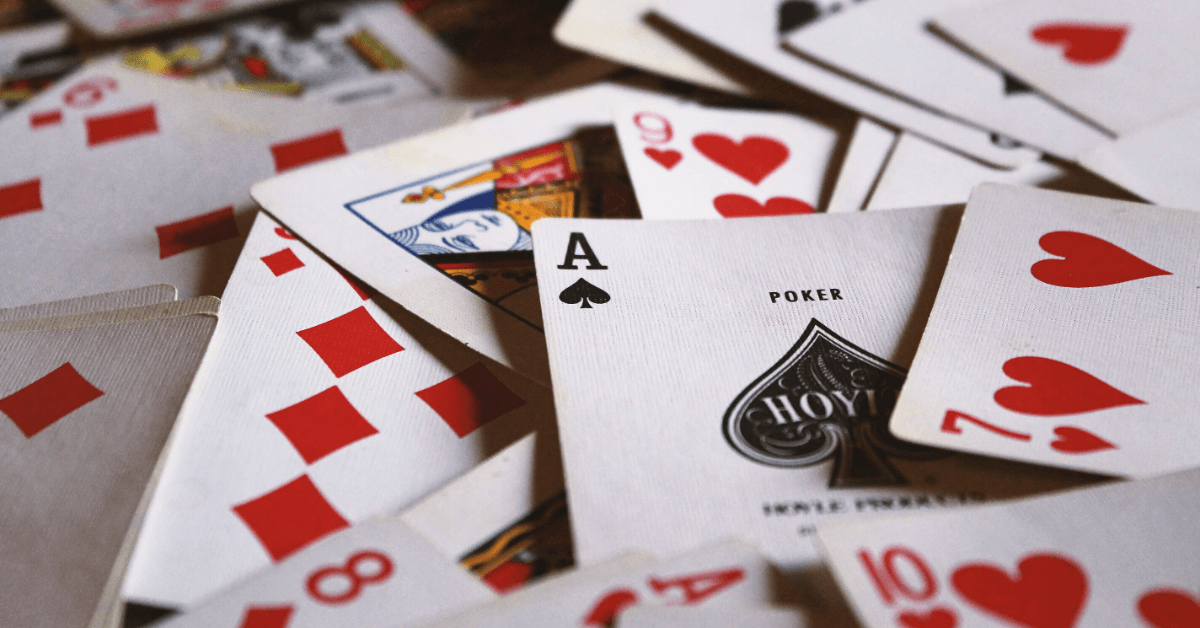Aces Casino • March 12, 2020
History of Blackjack
Blackjack, Twenty-one, and Card Counting
It is believed that Blackjack may have originated in French casinos during the 1700’s. The name of the game was Vingt-et-une, which translates into Twenty-one. Thanks to the French that colonized in America, Blackjack and other various versions developed throughout the country.
A few other games across Europe, which were similar to Blackjack, may have been the precursors to the development of today’s commonly known version of Blackjack. The basic idea in each of the games was to get a set of cards that added up to a specific number. Most cards in the deck being face value and one or two cards that would count as face value while also having a second value. While Vingt-et-Un and Blackjack are very similar, there are a few differences in their rules. In the modern game, the dealer’s second card would be visible to all players, he would make his decision on play up until the start of the game, and then the mandatory rules of Blackjack would have to be followed.
Twenty-one was fully established in America when gambling halls were legalized around 1820 in New Orleans. It was not until the twentieth century that the name changed from Twenty-one to Blackjack. The best hand to get was an Ace of spades and either a Jack of spades or Jack of clubs, which is how Blackjack got its name. Casinos would offer bigger payouts or bonus payouts for those specific cards, thus Twenty-one was born.
During this time, card counting and sleight of hand players were winning frequently due to the lack game standards and controls. However, the true birth of card counting began with a book “Beat the Dealer” that was written in 1962 by Edward O. Thorp. Thorp developed a “ten-count system” in which you would pick two standard numbers that represented tens and respectively, the other cards in the deck. This method was used with a single deck of cards and as you can imagine, popularity of the book grew rapidly and everyone took their chances in the casinos.
This trend led casinos to make adjustments to stop card counting, so they started adding two and four deck games making card counting quite a bit more difficult. There was a positive to Thorp’s book though, not only did it help casinos curb to the cheating, it generated an influx of players. Most of the new players were not practiced enough to beat the system thus generating more revenue for the casinos.
In 1971, one card counter named Al Francesco figured out how to beat the system for a while. He enlisted the help of other counters to help count and signal him in. One of the players Francesco trained ended up publishing a book called “The Big Player”. The book was about Francesco’s strategy and it immediately sparked card counting and signals through team play.
Casinos went through several different cheating tactics and how to stop them from happening. In 1979 one casino in Atlanta City went as far as letting counters play for two weeks uninterrupted. This experiment proved profitable for hundreds of counters, but eventually allowed a change in the weak rules in the Casino Control Commission. To keep the game desirable enough for people to keep playing, dealers and pit bosses would give out cards with basic Blackjack strategies creating a sense of security in the average player. This false sense of security would keep the players trying but inevitably loosing, bet after bet. Even with the stricter rules and guidelines developed over time, Blackjack remains one of the most popular card games all over the world.








